More often than not, when homeowners are planning a deck addition for their central South Carolina home, one of the most important preliminary decisions they need to make is just how big their deck design should be. Of course the size of the structure is contingent upon a few factors, such as the budget, the amount of available space in which to build it and the anticipated uses for the deck. However, for homeowners for whom available space is not an issue, we here at Archadeck of Central South Carolina are seeing an increase in requests for larger, multi-level structures that provide more of an “outdoor room feel” than the plain, 10 × 12 builder-grade decks.
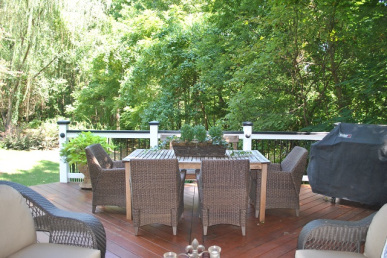
The outdoor room has grown in popularity in conjunction with the increased trend of families opting for staycations. The creature comforts of home beckon us to spend as much time enjoying our homes and property as possible, and a spacious outdoor living structure with zones similar to those inside a house will provide ample opportunities to do so. Besides, exactly how much living can we really do outside without areas for dining, sitting or socializing and of course preparing and cooking food?

According to Remodeling Magazine “the 200-square-foot deck is increasingly looking like a relic of the past as more homeowners push for more outdoor living space, and remodelers and builders are lining up to accommodate them.” Archadeck of Central South Carolina understands the desire of homeowners throughout Columbia and the surrounding areas to gain more value from their homes and property. That’s why we custom design each detail of our decks to cater to the individual functions our customers seek.
Here are 10 ideas courtesy of Remodeling Magazine to ensure the best use of space when planning your dream deck:
1) Think in layers – For the most style and versatility, a simple, flat platform just won’t do. A larger deck is more functional and aesthetically pleasing when it has curves, multiple levels, staircases, built-in seating and railings.
2) Capture the curves – Flexible composite decking allows for accentuation of the curves within a deck design and is a favorite among deck builders who are partial to curved surfaces, sidewalks and staircases, which can create an eye-catching segue between two levels of the deck.
3) Move the eye along – Built in planter boxes, fire pits or integrated seating along the perimeter will create a focal point that draws your eye. For drawing the eye upwards and extending functionality, consider adding a pergola to your deck.
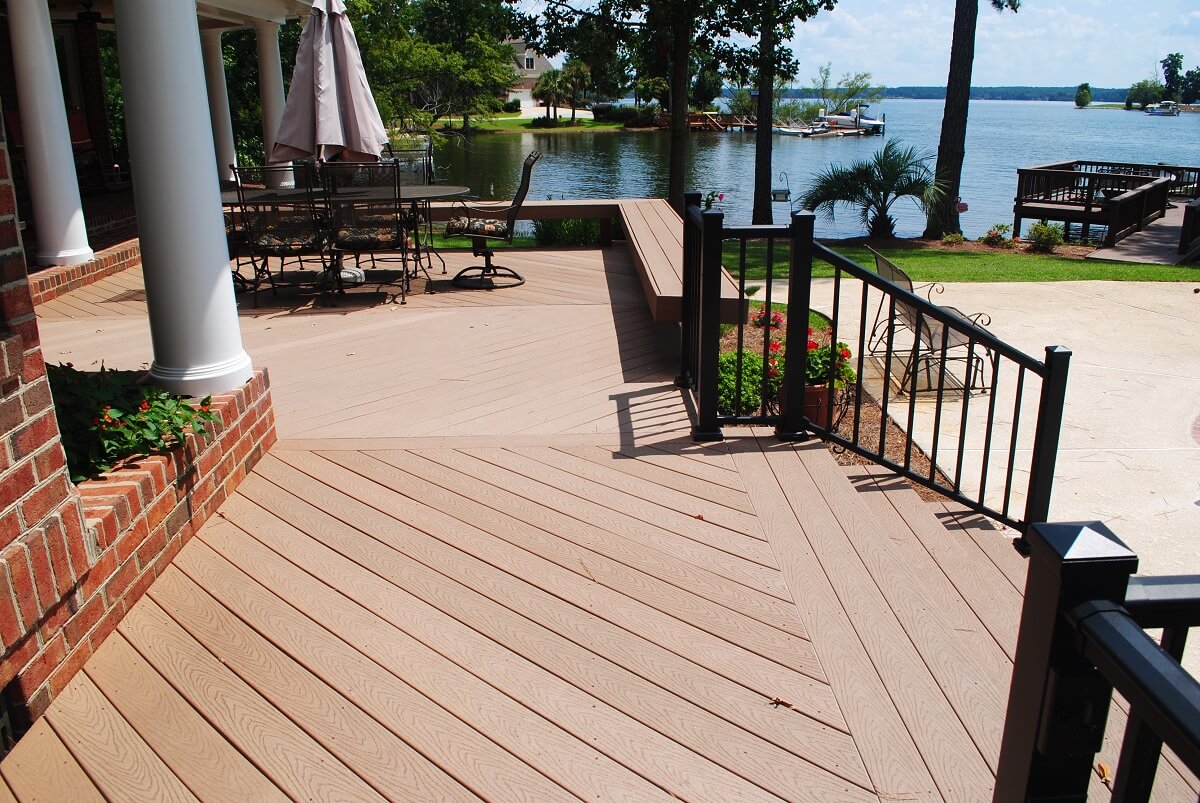
4) Create drama – Accentuate curves, railings and fascia boards with a contrasting color to create a frame around the deck floor, often referred to as “picture framing.” You may also incorporate inset designs, like diamond shapes in alternate colors, to create something unique for each homeowner; these methods are often seen with composite deck designs… And don’t be shy about mixing materials on your deck: faux stone columns, a metal roof or a granite countertop within a built-in food preparation area will make the outdoor room look more upscale and custom-designed.
5) Proportions matter – Plan your outdoor space to seamlessly blend with the size as well as the style of your home. A 1,800-square-foot deck on the back of a 2,000-square-foot home is probably too big to “go” with that house.
6) Add some shade – Adding low-maintenance elements to help you get more out of your new space, like a pergola, awning, canopy or roof over the deck will allow cooking, entertaining or relaxing outdoors to continue on hot, sunny days or even when a rain shower pops up.
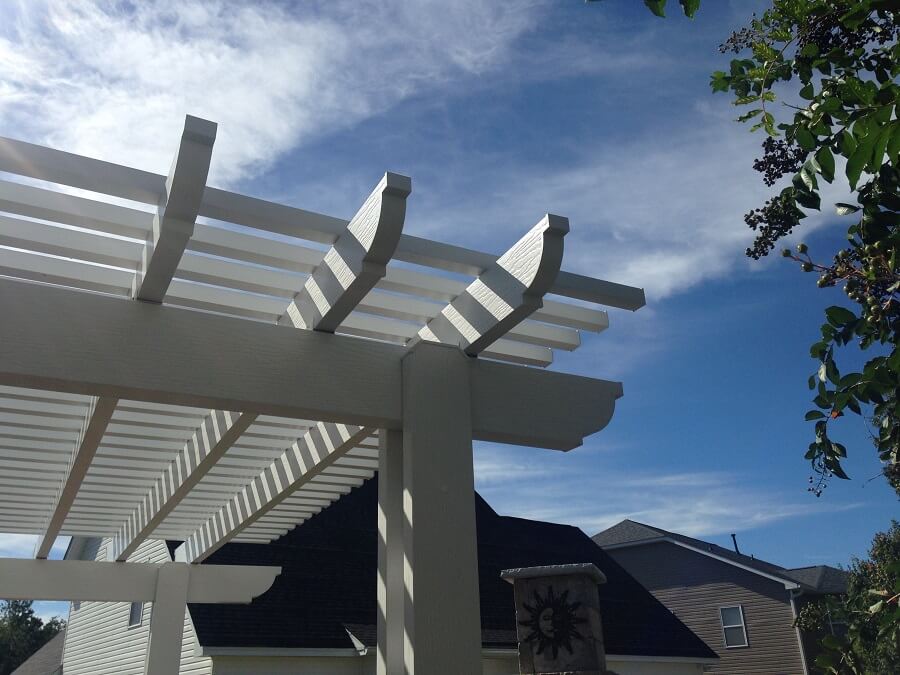
7) Be prepared to wait a little longer– A larger deck is typically a project that takes a little more time to complete. This is especially true if the outdoor room is full of custom features or will be home to electric or gas appliances; the job will include an electrician, a plumber and the local building inspector. If the deck includes multiple tiers, the builder might need to consult with an engineer or architect.
8) Consider the view – If the upper tier of a two-story deck is right over the lower one, take special care with the placement of the posts so they’re not too close to doors and windows, where they can block the homeowner’s view and path to the yard. Also, build in an under-deck gutter to catch rain that falls on the upper deck so it won’t soak the deck’s lower level and its inhabitants.
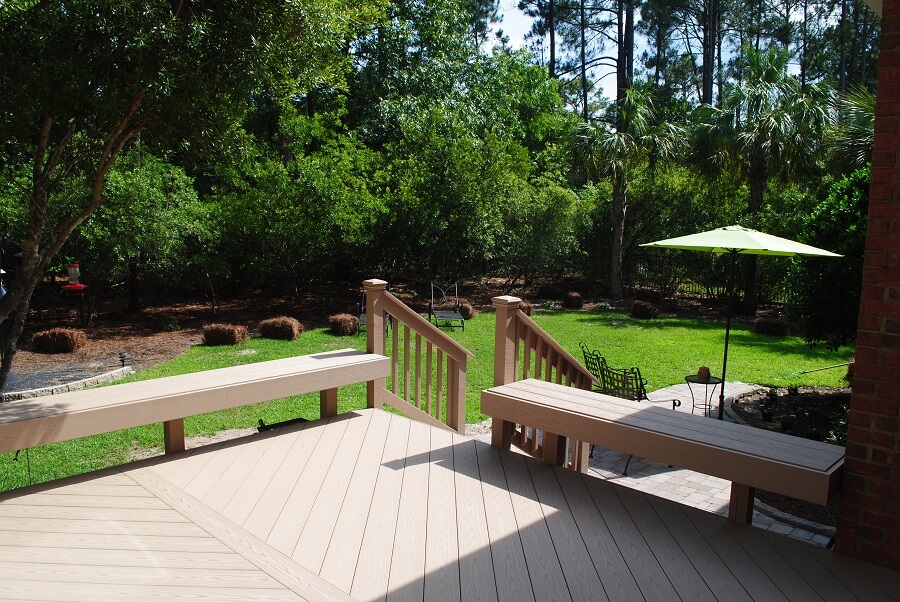
9) Leave enough room – Even a big deck can run out of room if the design includes a hot tub. A typical 7-by-7-foot spa takes up at least a 10-by-10-foot space so there’s enough room around it for a railing, a privacy screen or a path for bathers and maintenance technicians to walk around it in order to gain access in the event of scheduled maintenance or repairs on your spa or hot tub.
10) Make it useful – Don’t let cooler weather or darkness limit the time you spend using your deck. Include warmth and light so you can use your deck after dark and during at least three seasons. Popular options: built-in fireplaces and fire pits and ceiling-mounted heaters. You’ll have plenty of room for them.
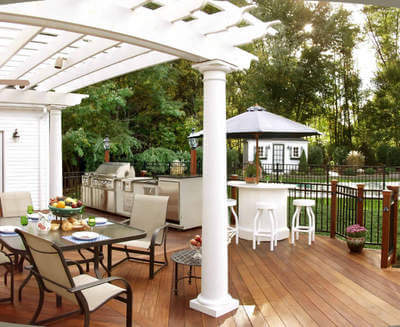
So, as you can see, when it comes to designing the right outdoor living space, “size does matter” and your wants, needs and personal tastes play a large role in figuring out just how big your deck should be. If you are looking for a deck that delivers layers of extended function, or a deck with that outdoor room feel — then, most definitely, bigger is better!
Contact Archadeck of Central SC to learn more about our unforgettable deck and outdoor room designs today! You may call us at (803) 784-1566. Our design consultation is free, but what you gain in outdoor living enjoyment is priceless!

The Archadeck of Central SC team – Mike Reu, Marshall Reu and Tucker Reu